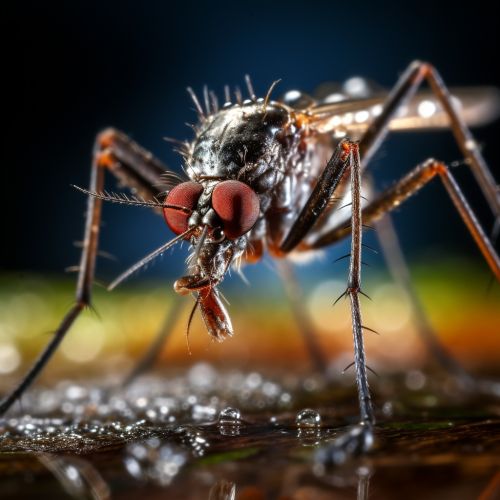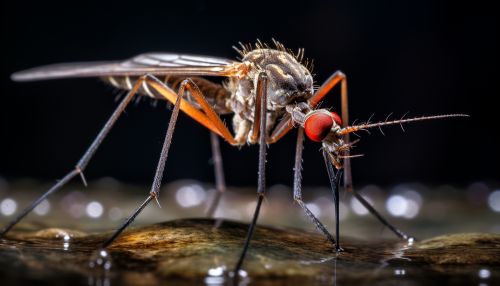Reproductive strategies in animals
Reproductive Strategies in Animals
Reproductive strategies in animals are the various methods and behaviors used by different species to produce offspring. These strategies can be broadly categorized into two types: r-selected and K-selected, based on the work of ecologists Robert MacArthur and E.O. Wilson.
R-Selected Species
R-selected species are those that emphasize high growth rates, typically exploit less-crowded ecological niches, and produce many offspring, each of which has a relatively low probability of surviving to adulthood. In other words, these species are adapted for environments that have a high availability of resources, but where the population size is often far from stable. Examples of r-selected species include insects such as mosquitoes and aphids, and plants such as grasses and annuals.


K-Selected Species
On the other hand, K-selected species display traits associated with living at densities close to carrying capacity and typically are strong competitors in such crowded niches that require more specialization. They are more commonly found in stable or predictable environments where competition is high. Examples of K-selected species include mammals such as humans and elephants, and birds such as hawks and eagles.
Reproductive Strategies and Life Histories
The reproductive strategies of animals are closely linked to their life histories. Life history theory is an analytical framework designed to study the diversity of life history strategies used by different organisms throughout the world, integrating the study of animal behavior and evolutionary biology with ecology. It involves the study of the major events relating to an organism's growth, development, maturation, and reproduction.
Reproductive Strategies and Evolution
Reproductive strategies are also shaped by evolutionary forces. Over time, species have evolved a wide array of strategies to ensure their survival and reproduction. These strategies can be influenced by many factors, including environmental conditions, availability of resources, and the presence of predators or competitors.
Sexual Reproduction
Sexual reproduction is a reproductive strategy that involves the combination of genetic material from two parents to produce offspring. This strategy is used by many animals, including mammals, birds, reptiles, and many species of fish and insects. It has the advantage of creating genetic diversity, which can help populations adapt to changing environments.
Asexual Reproduction
Asexual reproduction is a reproductive strategy in which an organism can reproduce and generate offspring without the involvement of another organism. This strategy is used by many plants, fungi, bacteria, and some animals, such as starfish and aphids. Asexual reproduction can be advantageous in stable environments where adaptation is not necessary.
Reproductive Strategies and Parental Care
In many species, reproductive strategies also involve varying degrees of parental care. This can range from no care at all, as in many species of fish and insects, to extensive care provided by both parents, as in many birds and mammals. The level of parental care is often associated with the number of offspring produced and the survival rate of the offspring.
Conclusion
In conclusion, reproductive strategies in animals are diverse and complex, shaped by a variety of ecological and evolutionary forces. They play a crucial role in the survival and success of species, and understanding them can provide valuable insights into the dynamics of animal populations and ecosystems.
